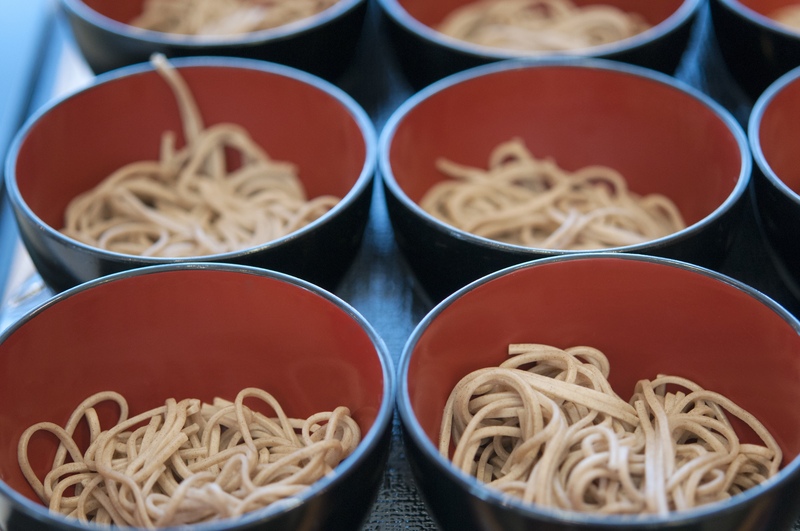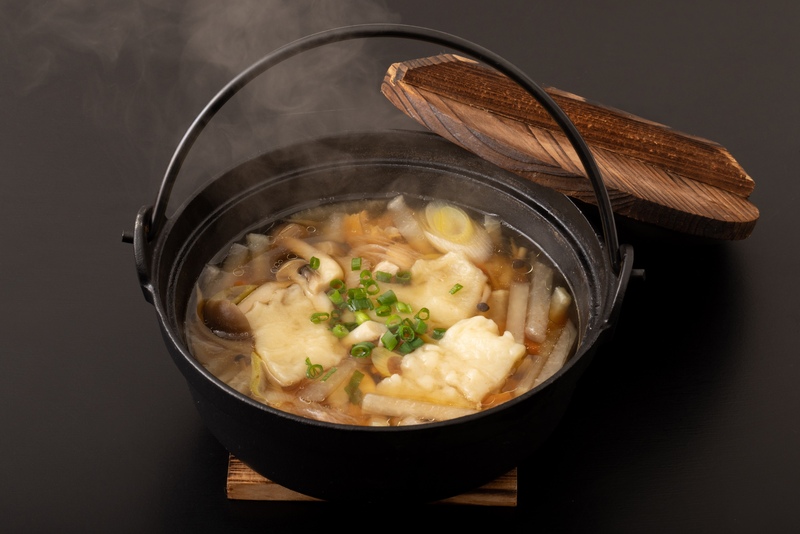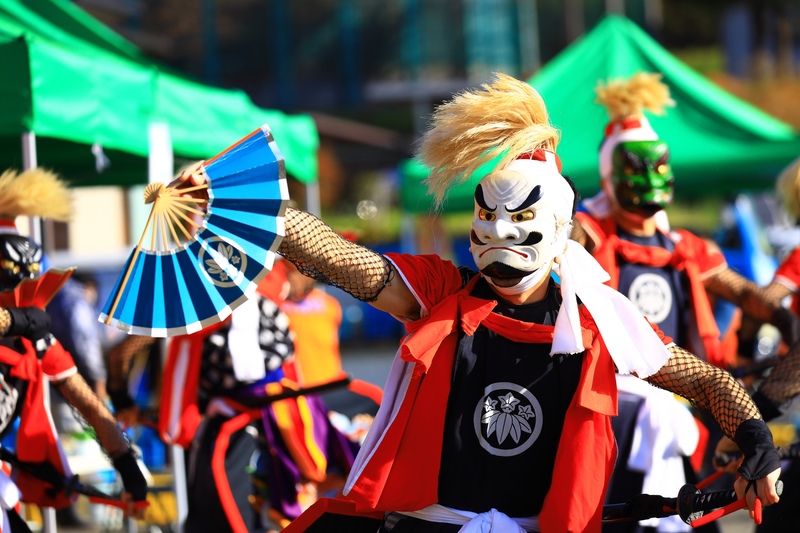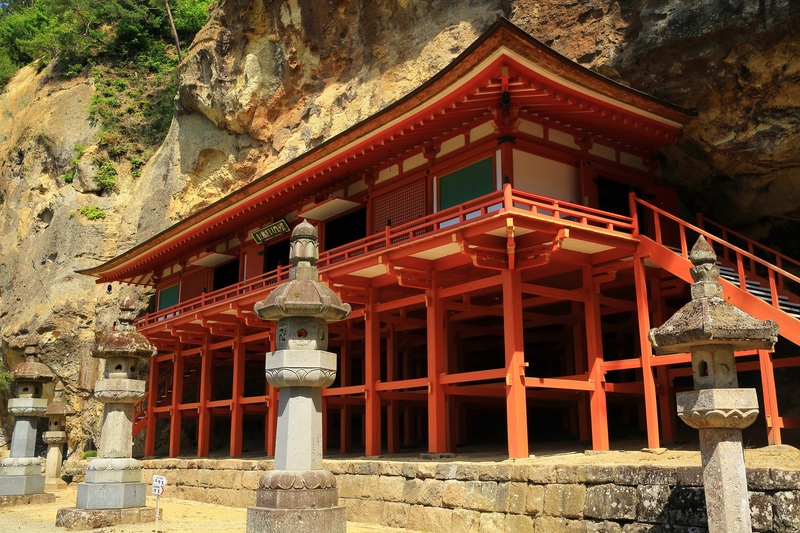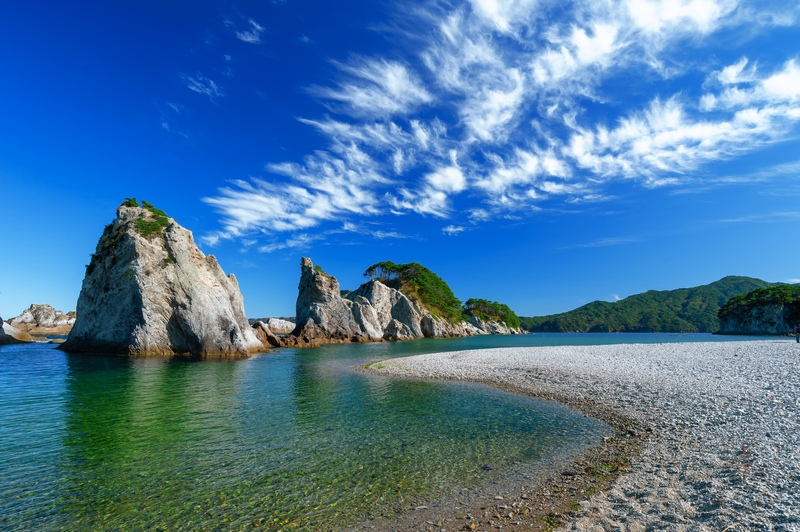Visit one of Japan’s most beautiful gardens and historic buildings
Mōtsū-ji (Motsu-ji), located in Hiraizumi in Iwate Prefecture, is registered as part of the UNESCO World Heritage site “Hiraizumi – Temples, Gardens and Archaeological Sites Representing the Buddhist Pure Land.” It is a must-see destination for international travelers interested in Japanese culture and history.
Mōtsū-ji was founded in 850 by the Buddhist monk Jikaku Daishi (Ennin) and saw major development in the 12th century during the eras of Fujiwara no Motohira and Fujiwara no Hidehira. It is known for its magnificent garden and temple architecture reflecting the Pure Land (Jōdo) Buddhist thought of the time.
This article provides detailed information on Mōtsū-ji’s history, highlights, and useful tips for visitors.

History and background of Mōtsū-ji
Mōtsū-ji was established under the rule of the Oshu Fujiwara clan in the Heian period. After Fujiwara no Kiyohira laid the foundation in 1124, it was expanded by the second generation Motohira and the third generation Hidehira.
At its height, the temple complex contained more than 40 halls and many other structures, and it flourished as the central temple of Hiraizumi.
However, repeated fires and wars destroyed many buildings, and today only the garden and a few remains survive.

Highlights
Pure Land Garden
The main attraction at Mōtsū-ji is its beautiful “Pure Land garden.”
The garden, which embodies Pure Land thought from the Heian period, is designed around a large central pond with vistas intended to be appreciated from the east, west, north, and south.
The islands floating in the pond and the surrounding greenery are meant to evoke the imagery of the Buddhist paradise.
The garden offers scenic views through every season, and the cherry blossoms in spring and the autumn foliage are especially captivating.
Founders’ Hall and Bell Tower
Within the Mōtsū-ji precincts are historical buildings such as the Founders’ Hall and the bell tower.
The Founders’ Hall enshrines Jikaku Daishi, the temple’s founder, and provides a quiet space for visitors to pray.
The bell tower was built to pray for peace in Hiraizumi, and the sound of the bell has a calming effect.
Hearing the bell is recommended as one way to experience the solemnity of Mōtsū-ji.
Ruins of the temple complex and cultural properties
Excavations at Mōtsū-ji have uncovered the remains of the original temple complex, conveying the vastness of the site and the depth of its history.
Excavated structures and artifacts are carefully preserved as cultural properties, and some are displayed in the on-site museum.

Visitor information
How to get there
To reach Mōtsū-ji, take the shinkansen to Ichinoseki Station, then a bus for about 20 minutes or a taxi for about 10 minutes.
It is also accessible by car, and parking is available.
Admission and opening hours
- Admission: Adults ¥700, High school students ¥400, Children ¥200
- Opening hours: Generally 8:30–17:00 (hours may change seasonally)
Please check the official website for detailed information.
Seasonal events
Mōtsū-ji hosts various events throughout the year.
The most famous is the “Spring Fujiwara Festival,” which draws locals and tourists to celebrate the history and culture of Hiraizumi.

Conclusion
Mōtsū-ji is a highlight of Iwate Prefecture thanks to its historical significance and beautiful garden.
Enjoy a restorative visit while experiencing Heian-period culture and Pure Land Buddhist thought.
For travelers, Mōtsū-ji—beautiful in every season—is an excellent opportunity to deepen understanding of Japanese culture.
Frequently Asked Questions
Q: What is the best season to visit Mōtsū-ji?
A: Spring and autumn are especially recommended.
You can enjoy the beauty of cherry blossoms and autumn leaves.
Q: Are English guides available?
A: Yes. English guides can be arranged if you make a reservation in advance.
Q: Are there restaurants or cafes nearby?
A: Yes. There are cafes and restaurants around Mōtsū-ji where you can enjoy local specialties.
Please be sure to experience the beauty woven from history and nature at Mōtsū-ji.





